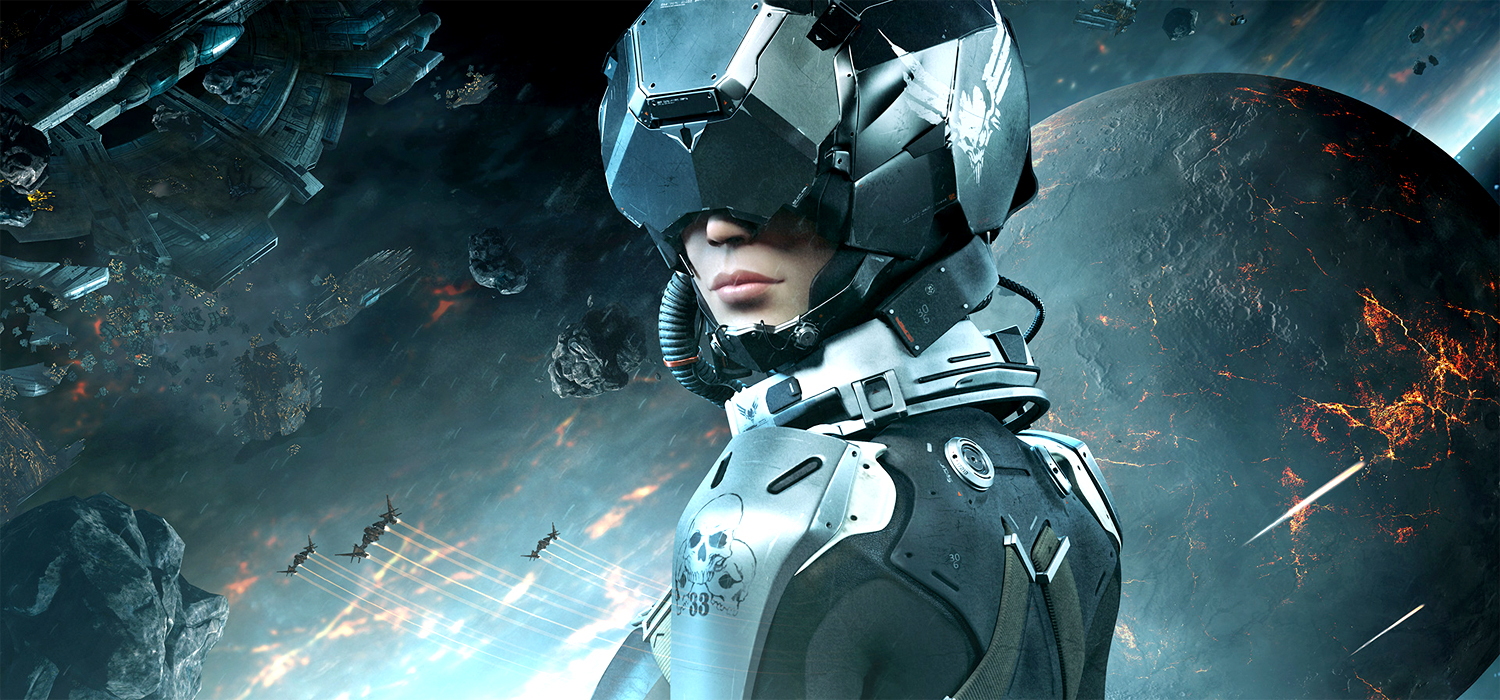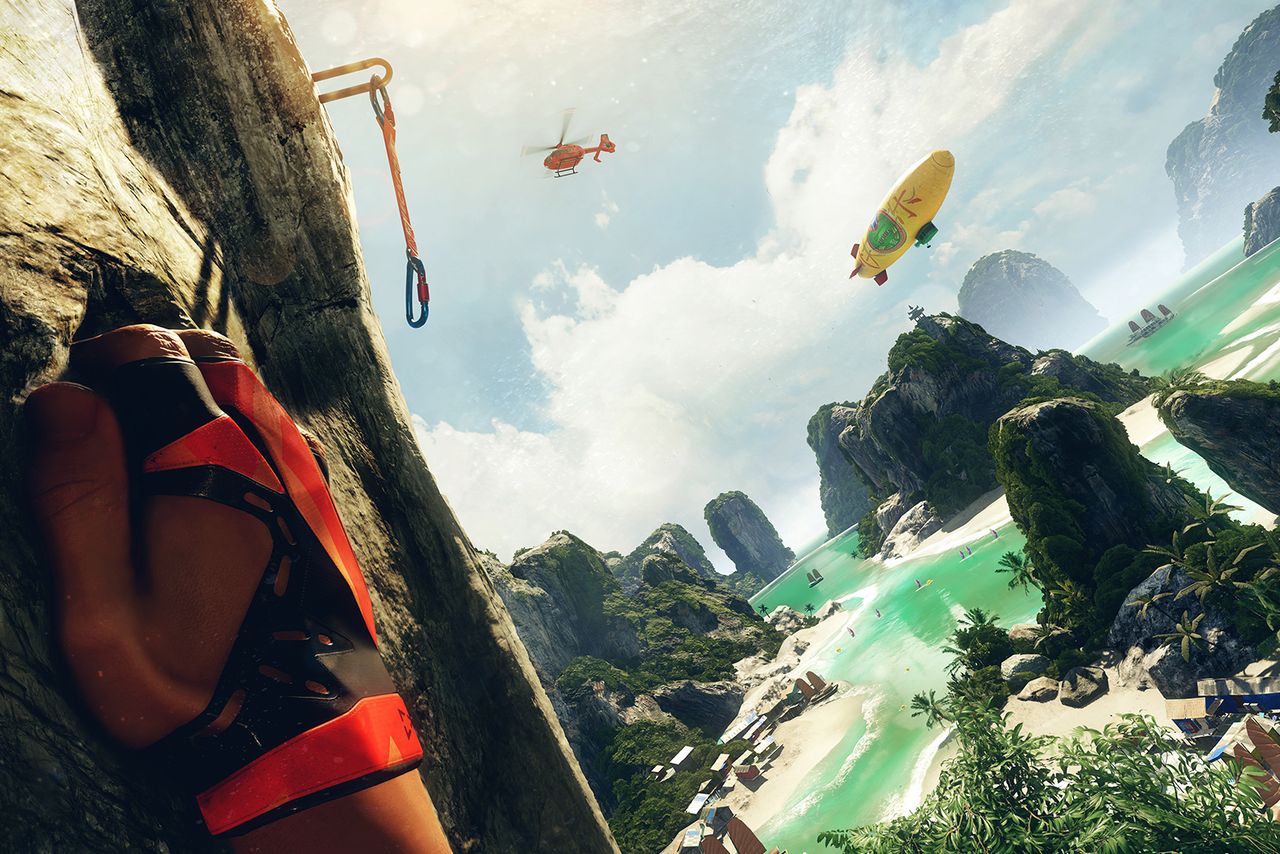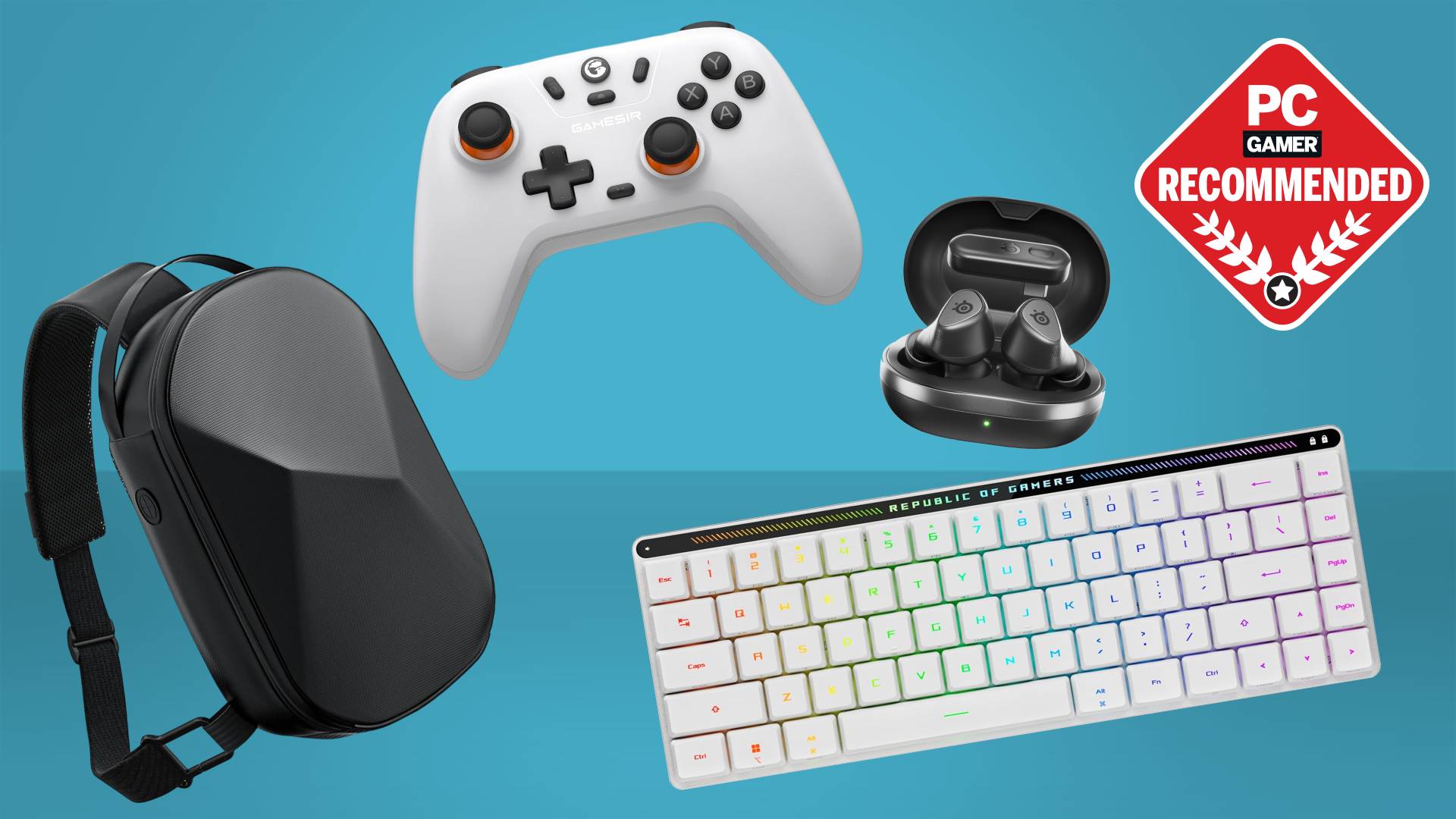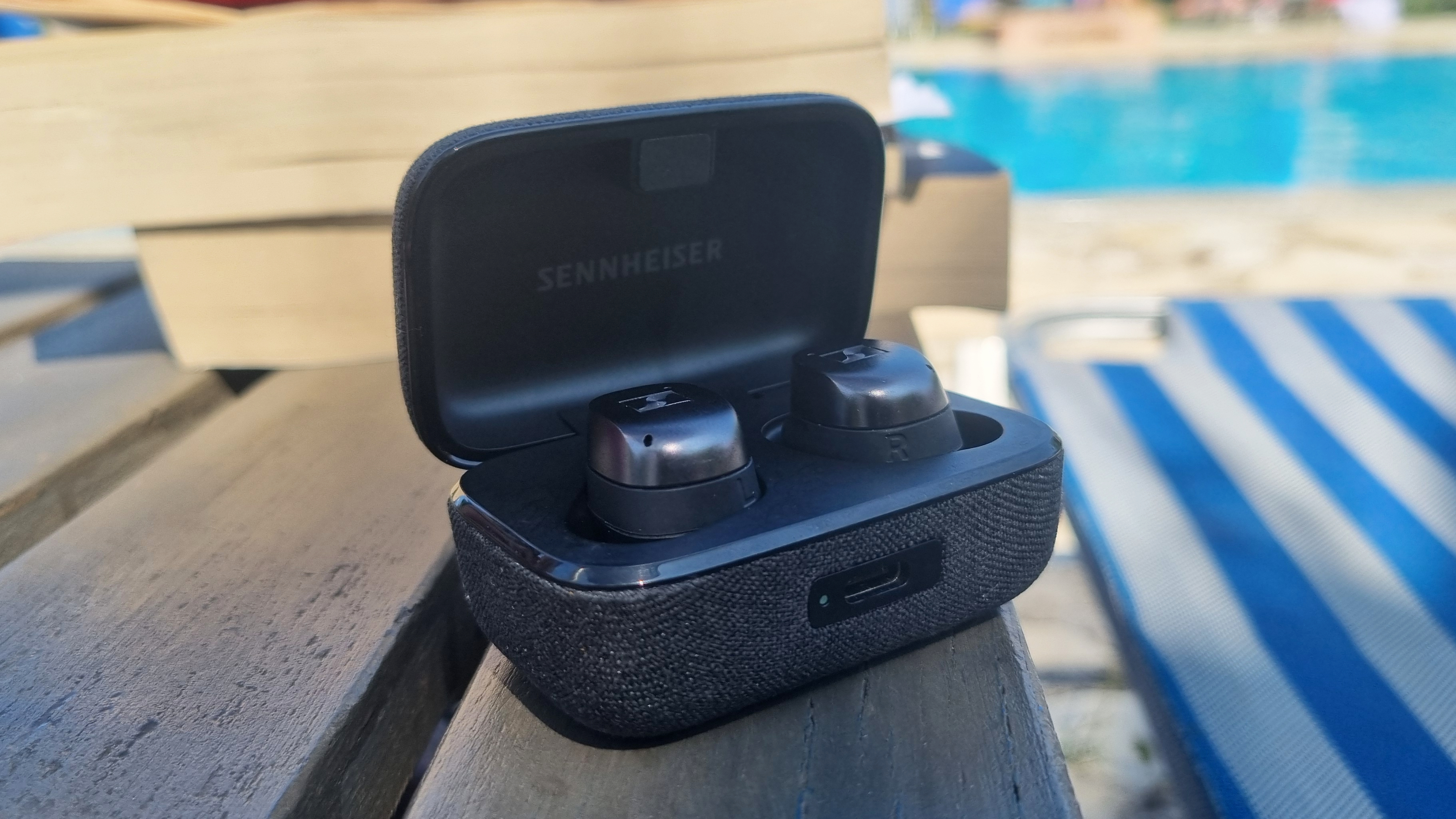Game Ready: What you’ll need to prepare for the VR Revolution

VR is almost here. We take a look at what you'll need to get in on the exciting new frontier of gaming.
2016 is gearing up to be the year in which virtual reality finally hits the mainstream. After a false start back in the 1990s, when The Lawnmower Man pumped up expectations of VR, but the likes of Virtuality, Nintendo's Virtual Boy and the VFX1 Headgear failed to deliver on its promises – a new breed of VR system is ready to do the job properly and introduce us to an exciting new world of immersive gaming experiences.
The basics of virtual reality haven't really changed since the 1990s. It's still all about headsets providing you with true stereoscopic imagery, with built-in head tracking so that you can look around properly and take in the entire virtual landscape, but the technology has evolved tremendously.
Whereas VR in the 1990s was low resolution, with a low frame rate and lots of lag, meaning that if you spent any time with it you were likely to end up with motion sickness, the new VR contenders offer pin-sharp, non-laggy visuals at a frame rate high enough to trick your brain into thinking that what you're seeing is real.
Is your PC up to the job?
The Oculus Rift is due to go on sale within the next few months, but if you want to get in on the action you should already be asking yourself whether your existing PC setup is capable of meeting VR's demands. Because even if your current PC more than meets your gaming needs, it's likely to fall short of the sort of specs you're going to need to enjoy seamless VR.
Here's the bottom line: VR is going to require roughly seven times the power it takes to play modern PC games at 1080p and 30fps. That might seem like a huge in system requirements, but the fact is that high quality VR, the sort of VR that's fully immersive and won't leave you feeling nauseous after ten minutes, takes a lot of computational grunt.
The main reason is that instead of one display, you're running two simultaneously to generate the all-important stereo image.

Keeping up to speed
On top of that, 30fps – or even 60fps – is simply not fast enough for VR. Over the past few years of development, VR manufacturers have discovered that in order to produce a seamless VR experience that won't give you eyestrain, you need to be pumping out imagery at 90fps minimum, and ideally at 120fps. You might not be able to spot the difference between 60fps and 120fps, but your optic system can, and it won't take kindly to prolonged exposure to what it perceives as flickering images right in front of your eyes.
The final hurdle is latency, the delay between input and its results playing out on-screen, and again VR is a lot less forgiving in this regard. When your head movements are being fed straight back into your eyes, the tiniest bit of lag can result in motion sickness, and so you need a system with as few bottlenecks as possible, flinging updates to the display at maximum speed without any dropped frames.
Thankfully companies like NVIDIA are helping to reduce the demands of VR through smart engineering, while making it easier for developers to produce engaging VR content. NVIDIA's GameWorks VR is a suite of APIs, libraries, and features built to enable hardware and software developers to create amazing VR experiences, including VR SLI, which improves VR performance by using multiple GPUs, each assigned to specific eyes, and Multi-Res Shading, a new technique that uses NVIDIA's Maxwell architecture to render each part of the warped VR image at a resolution that better matches its pixel density. Smart techniques like these can boost VR performance by up to 50 percent, while providing better and more immersive results for consumers.
How to spot VR-ready hardware
NVIDIA is also making it easier to judge whether new hardware is capable of meeting VR's performance demands. Knowing that navigating an emerging technology like VR can be confusing for consumers, it's working with hardware manufacturers and retailers to deliver the new GeForce GTX VR Ready program, which will enable you to tell at a glance whether your GPU – whether you’re playing on PC or notebook – is VR-ready, with an eye-catching badge for systems that cut the mustard.
If you need to know whether your current system is ready for VR, NVIDIA recommends you have a GeForce GTX 970 or greater for desktop systems, or a GTX 980 for notebooks, plus:
- a PC with USB 3.0 support,
- CPU: Intel Core i5- 4590 equivalent or greater CPU
- 8GB+ RAM of Memory/RAM
- 2x USB 3.0 ports and HDMI 1.3
- Windows 7 SP1 or newer.
With a few months still to go until VR systems hit retail, there's plenty of time to get your PC up to speed; with VR set to be the biggest thing in gaming since the shift to 3D in the mid-1990s, you need to be prepared to get in on the action.
Jim McCauley is Editor-in-Chief of Tech and Games at Dialect, Inc.
Sponsored by Nvidia
Keep up to date with the most important stories and the best deals, as picked by the PC Gamer team.

